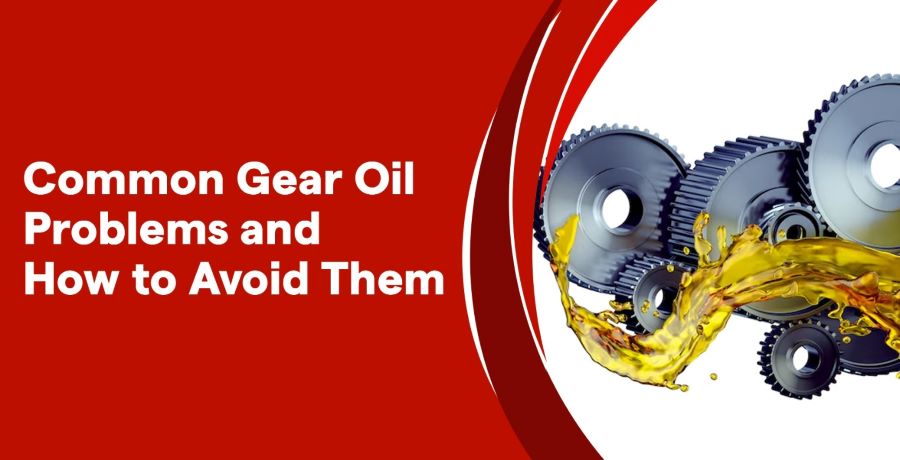

Gear oil is one of the most critical lubricants for the smooth execution of your car's transmission system. It plays an essential role in reducing friction, preventing wear and tear, and ensuring optimal performance of gears. However, automotive gear oil is a fluid with problems, common to all fluids which can cause various issues if not kept under control. This blog will delve into common synthetic gear oil problems and the types of gear oil available.
Before detailing problems and solutions, it is important to understand the different types of gear oil available:
1. Automotive Gear Oil
Automotive gear oil has been developed for use in automotive gearboxes. The viscosities of these vary according to the necessities of different kinds of transmissions. They can withstand heavy loads and high temperatures with good protection against corrosion and wear.
2. Synthetic Gear Oil
Synthetic gear oil are made with chemical compounds, thus providing extra protection and outperforming conventional oils. Synthetic gear oil are specially developed for superior performance under extreme temperature conditions, offering better lubrication at higher loads, and putting up better resistance against breakdown as compared to conventional oils.
1. Lack of Lubrication
The most common gear oil issues are caused by a lack of lubrication between the bearings and gears, resulting in excess friction and wear. This can happen with leaks, overuse, or simply not having enough oil in the gearbox. Caution: check your gear oil level at regular intervals and change car gear oil if necessary. Maintenance, using the types of gear oil specified and following the producer's recommendations, can also help to prevent it.
2. Contamination
Contamination is also caused by exposure to moisture, dirt, or other fluids, which severely affects the performance of the synthetic gear oil. Hence, to avoid this problem, keep the container of automotive gear oil closed when not in use and avoid spilling during refilling. Check your gear oil frequently for signs of contamination and a milky appearance and replace it if necessary. Any seal leaks must also be addressed quickly so that water does not enter.
3. Overheating
Overheating is the other common challenge that automotive gear oil experiences, especially in high-stress driving conditions or heavy loads in a vehicle. This means that the oil can break down and lose its viscosity, thereby creating weak lubrication and excessive wear in the gear components. To counter this condition, check whether your cooling system is working well and use synthetic gear oil, which has better thermal stability. Monitor the oil temperature regularly and discourage engine idling for longer periods, which can cause excessive buildup of heat.
4. Gear Oil Degradation
The gear oil oxidizes, chemically breaks down, and becomes contaminated with time, resulting in reduced lubrication properties. Thus, proper maintenance calls for regular oil changes to keep your gear oil at an optimal state. Obey the recommended oil change intervals made available by the manufacturer and use the type of gear oil that is specified. Synthetic gear oil are best suited because they have a much longer life and better resistance to degradation compared to their counterparts.
To prevent common gear oil problems, you need to maintain the right type of gear oil and regularly monitor its condition. This is achievable by identifying various types of gear oil for instance tackling issues such as insufficient lubrication, contamination, overheating and degradation to ensure a smooth and efficient operation of your vehicle's transmission system. High-quality synthetic car gear oil will not only give your gears added protection but also improve performance and prolong gear life, it will thereby minimize the risk related to expensive repairs. Almost all gear oil problems will be prevented, and your vehicle kept in proper condition by proper maintenance and timely oil changes.